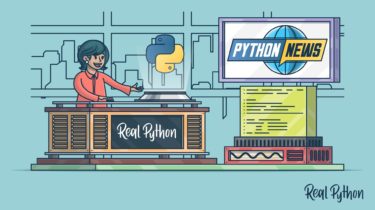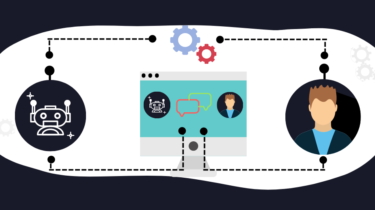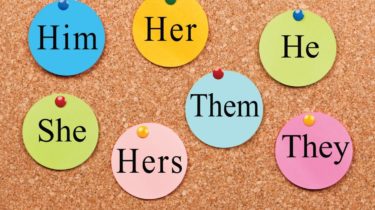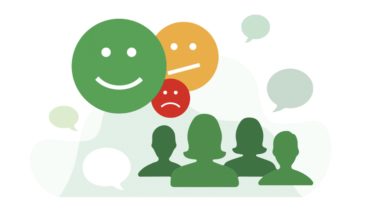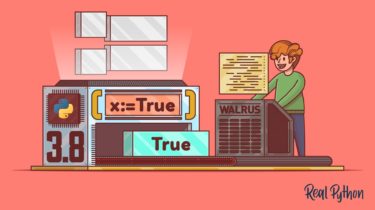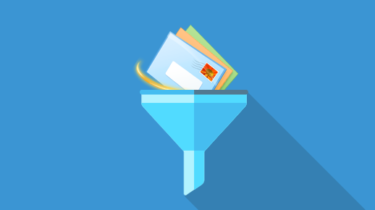Python News: What’s New From July 2021?
The release of Python 3.10 is just around the corner, and, as we reported in May, the new interpreter will be getting several improvements to error messages. The work on improved errors continues in Python 3.11. Yes, that’s right! Even though Python 3.10 won’t be released until October, work on Python 3.11 is already under way! Fine-Grained Error Locations in Tracebacks Pablo Galindo, the release manager for Python 3.10 and 3.11, shared in a July 16, 2021 tweet that he […]
Read more